Miller Symphony Hall
Introduction
Text-to-speech Audio
Images
This angle reveals the Beaux-Arts façade and the full size of Miller Symphony Hall.
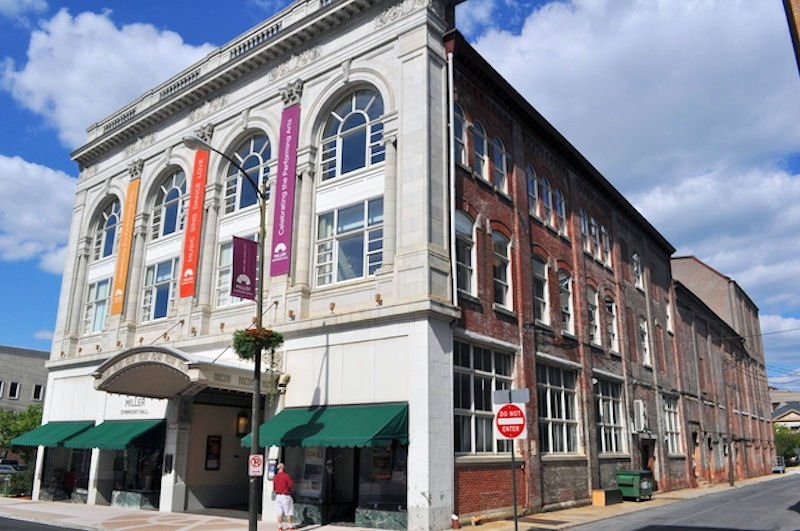
The fully renovated auditorium glows under its new lighting.
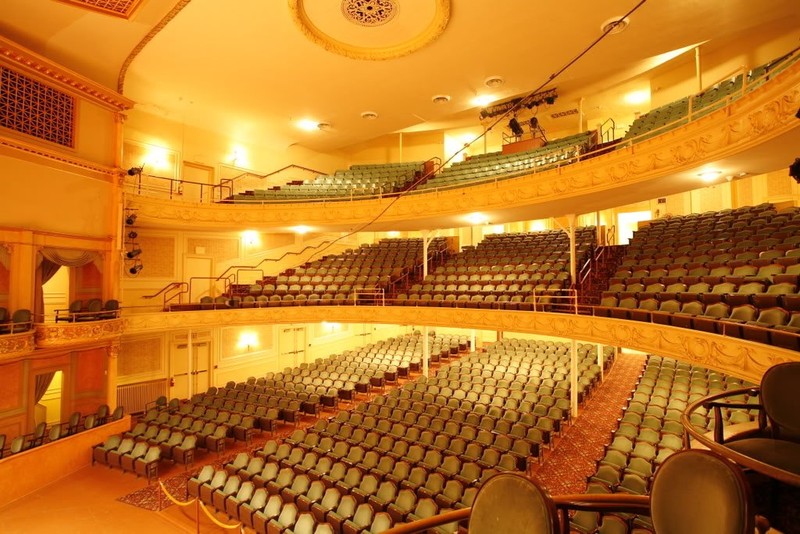
A ground-level view of the hall's renovated stage and new acoustical shell.
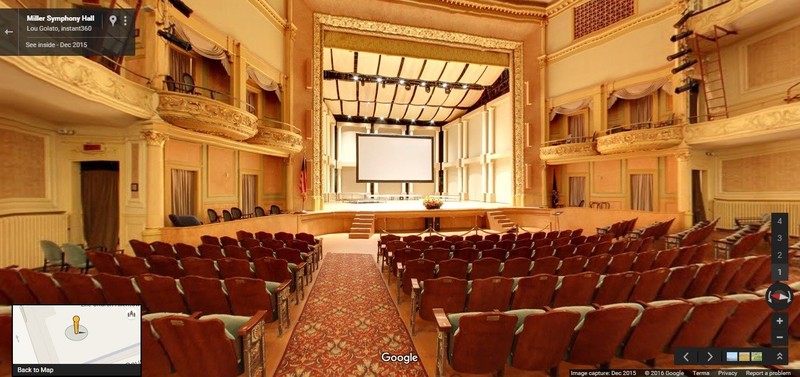
The Rodale Community Room is used to host receptions, recitals, dinners and corporate and other events.
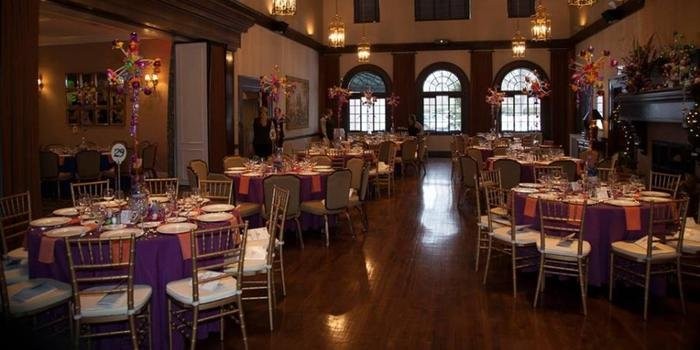
The Allentown Symphony Orchestra in action.
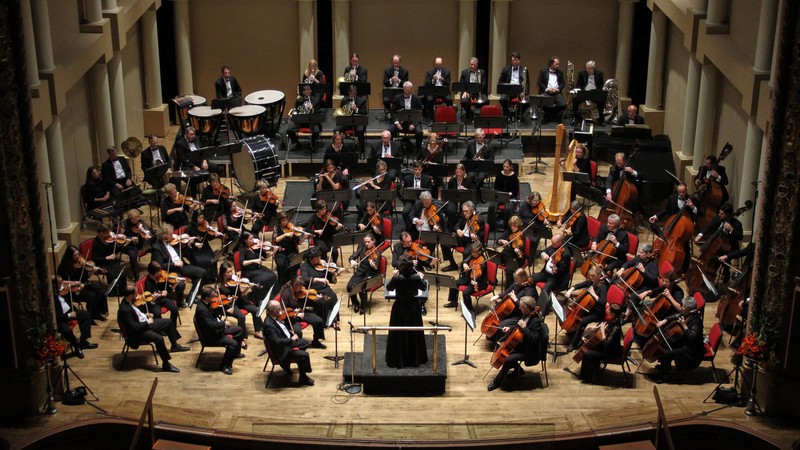
Backstory and Context
Text-to-speech Audio
The area that is now home to Miller Symphony Hall was once a thriving Allentown market. The building that is now the symphony hall was once the hub of that market place. By the late 19th century, it began hosting concerts. In 1899 it was converted into a full time live-event venue with the help of architect J.B. McElfatrick and named the Lyric Theater. It opened with a comic opera and was also used for vaudeville shows, plays, and minstrel shows. In 1912 alone it hosted former president Teddy Roosevelt, soon-to-be President Woodrow Wilson, and African-American activist Booker T. Washington. It was eventually adapted to show silent films just prior to and during America’s involvement in World War I to the soldiers training at nearby Camp Crane.
During the 1920s it went through major renovations to include a new Beaux-Arts style façade designed by Allentown’s David Levy. It then became one of the country’s foremost “try out” theaters where shows were tested prior to moving on to Broadway, to include the Marx Brothers musical review, I’ll Say She Is, in 1923. When the Great Depression hit, the Lyric suffered the same financial fate as most of the country. It struggled to fill seats as Allentown residents had little disposable income. In order to increase attendance, the managers turned to boxing matches and burlesque strip shows.
Soon after World War II, it became home to the Allentown Symphony Orchestra and the Allentown Community Concert Association was formed to support both the orchestra and the theater. However, its financial situation did not improve and the owners sought its sale to a company that had razed the nearby Orpheum Theater and turned it into a parking lot in 1953. In stepped the owners of the local newspaper, Sam and Donald Miller. Together with the Allentown Symphony Association, they were able to purchase the Lyric and turn it into a dedicated concert hall in 1959 called the Allentown Symphony Hall.
By the late 1980s, Symphony Hall faced a new threat, disrepair and debt. As a result, fund raising efforts for renovations began. These efforts netted $12 million since 1990 and have led to a new roof, restored exterior façade and lobby, upgraded guest seating, the addition of office and rehearsal areas, a new stage and acoustical shell and the addition of a new wing. With the renovations came a new name to honor the family that saved the theater in the 1950s: Miller Symphony Hall. Currently, Miller Symphony Hall is the foundation of Allentown’s cultural district and continues to host a variety of live-events.
Sources
"Our Mission & History." Miller Symphony Hall. Accessed September 21, 2018. https://www.millersymphonyhall.org/about-us/get-to-know-us/our-mission/
"Allentown's Miller Symphony Hall continues to make history." WFMZ. December 3, 2012. Accessed September 21, 2018. http://www.wfmz.com/features/historys-headlines/historys-headlines-allentowns-miller-symphony-hall-continues-to-make-history/16872737
Clark, Adam. "Symphony Hall finds history beneath the floorboards." Allentown Morning Call. August 22, 2014. Accessed September 21, 2018. http://www.mcall.com/news/local/allentown/mc-allentown-symphony-hall-history-20140822-story.html
Moser, John. "Allentown Symphony Hall renovations take a public bow." Allentown Morning Call. September 7, 2012. Accessed September 21, 2018. http://articles.mcall.com/2012-09-07/news/mc-allentown-symphony-hall-renovations-20120907_1_renovations-executive-director-sheila-evans-office-space
